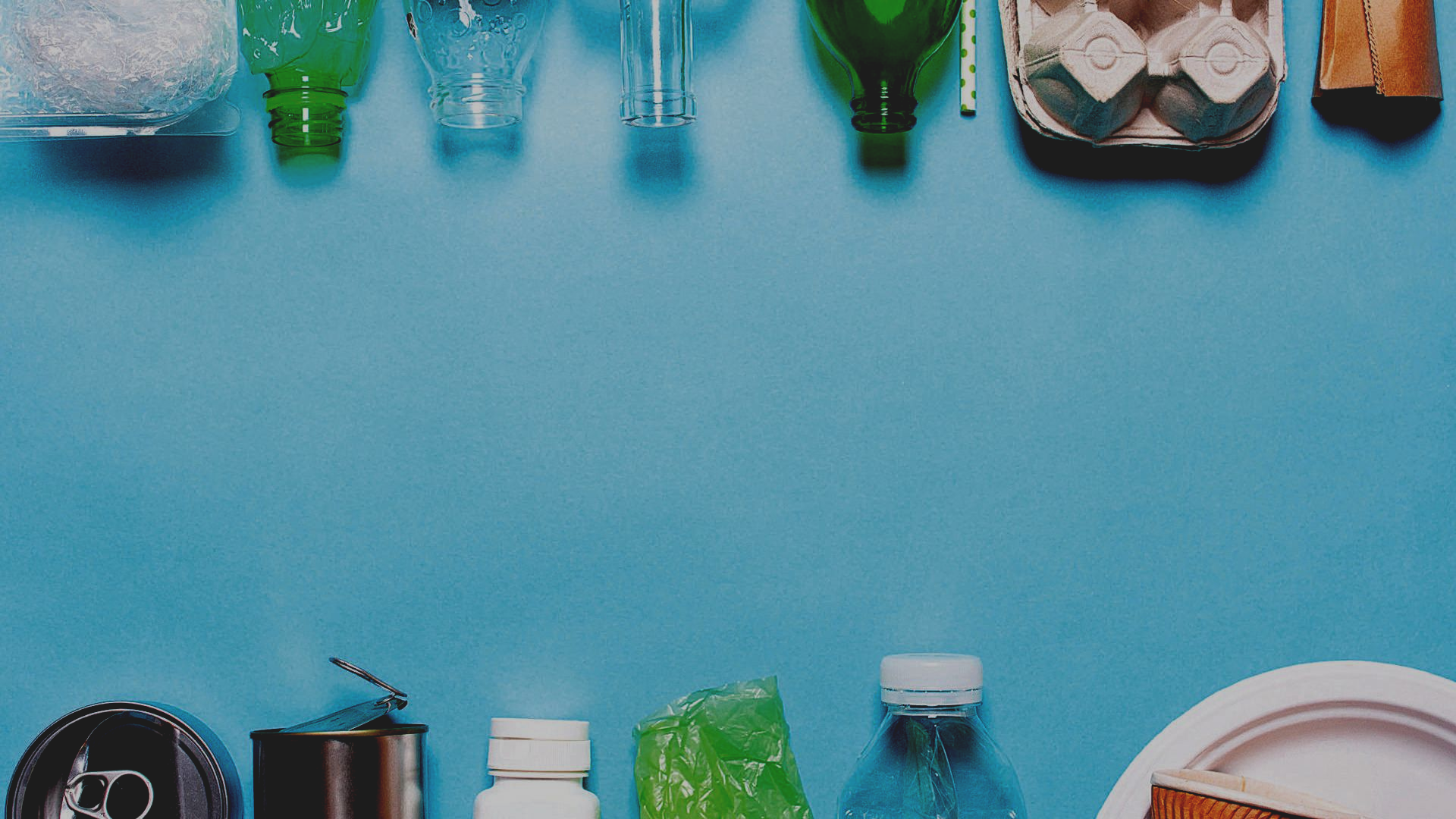NERC Releases Revised Model Glass Minimum Post-Consumer Recycled Content Legislation
February 21, 2023
Waste Advantage
“The revisions to the Model Legislation provide greater flexibility for policymakers looking at available markets and glass manufacturing activity, and will allow glass recycling to move forward based on what works best in a given region or specific state."
To read the full article click here.
Share Post

MRFs in the Northeast United States reported a decrease in average prices for nearly all recycled commodities — with glass and bulky rigids providing the rare bright spot — during the third quarter of 2025, according to a report from the Northeast Recycling Council. This continues the downward trend reported in the region since Q2. In Q3, average blended commodity value without residuals was $75.14, a decrease of 21.9% from the previous quarter. When calculating the value with residuals, prices were $60.16, a decrease of 27.24%, says the quarterly MRF Commodity Values Survey Report. Single-stream MRFs saw values decrease sequentially by 23.32% without residuals and 28.86% with residuals. Dual-stream or source-separated MRFs saw decreases of 17.33% without residuals and 21.76% with residuals compared to last quarter. The report includes information from 19 MRFs representing 12 states: Connecticut, Delaware, Maine, Maryland, Massachusetts, New Hampshire, New Jersey, New York, Pennsylvania, Rhode Island, Vermont, and Virginia. The NERC report is meant to offer a regional look at price trends and is a part of the group’s ongoing work to promote and boost recycled commodity supply and demand in the Northeast. It surveys a variety of MRFs in numerous markets, including those in five states with beverage container deposit laws, which it says affect material flows into MRFs. NERC says its reports are not meant to be used as a price guide for MRF contracts because it “represents the diversity of operating conditions in these locations.” NERC adopted a new report format at the beginning of 2025 that now provides average prices for specific commodities in addition to aggregate values. According to the Q3 report, most commodity categories fell significantly, with the exception of glass and the “special case of bulky rigids.” The average price for bulky rigids in the quarter was $43.26, a 93% increase from the previous quarter. NERC did not offer insight into the increase. The average price for PET was $125.58 in the quarter, down 60%, while prices for Natural HDPE fetched about $955.31 a ton, down 46%. OCC saw an average price of about $86.23, down 10%, according to the report. Major publicly-traded waste companies echoed similar commodity trends during their Q3 earnings calls . Casella, which operates in the Northeast and mid-Atlantic, reported that its average recycled commodity revenue per ton was down 29% year over year in Q3. To reduce the impact from low commodity values, the company typically shares risk with customers by adjusting tip fees in down markets. Recent upgrades at a Connecticut MRF helped raise revenue for processing volumes in the quarter, executives said. Meanwhile, Republic Services is planning to build a polymer center for processing recycled plastic in Allentown, Pennsylvania, next year. During the Q3 earnings call in October, executives said they expect strong demand at such centers from both a pricing and volume standpoint, despite the decline in commodity prices. The company already has similar polymer centers in Indianapolis and Las Vegas, which consume curbside-collected plastics from Republic’s recycling centers and produce products such as clear, hot-wash PET flake and sorted bales of other plastics. Read on Waste Dive.

NERC’s Material Recovery Facilities (MRF) Commodity Values Survey Report for the period July - September 2025 showed a continued decline in the average commodity prices for Q3 2025. The average value of all commodities decreased by 21.90% without residuals to $75.14 and by 27.24% with residuals to $60.16, as compared to last quarter. Single stream decreased by 23.32% without residuals and 28.86% with residuals, while dual stream / source separated decreased by 17.33% without residuals and 21.76% with residuals compared to last quarter. Dual stream MRFs saw a slightly smaller decrease with residuals than single stream. Individual commodity price averages this quarter denote the decrease felt across all commodity categories apart from glass and the special case of bulky rigids.

Currently employing almost 800 individuals, Maryland Environmental Service (MES) was established by the Maryland General Assembly in 1970. The goal of its formation was to assist with the improvement, management, and preservation of the air, land, and water quality, natural resources, and to promote the welfare and health of the citizens in Maryland. Dedicated to helping Maryland communities, MES is currently working on over 1000 environmental projects across the state and the Mid-Atlantic Region. Tackling environmental solutions through environmental justice is of high priority, “in FY23 and FY24, MES supported the preparation, writing, and submission of grant applications totaling over 163M dollars, and provided letters of support for many others.” NERC is thrilled to welcome Maryland Environmental Service as members. The work they do toward environmental justice and the help they provide their communities is a testament to their dedication. We look forward to supporting the important work they do. For more information on Maryland Environmental Service visit .


